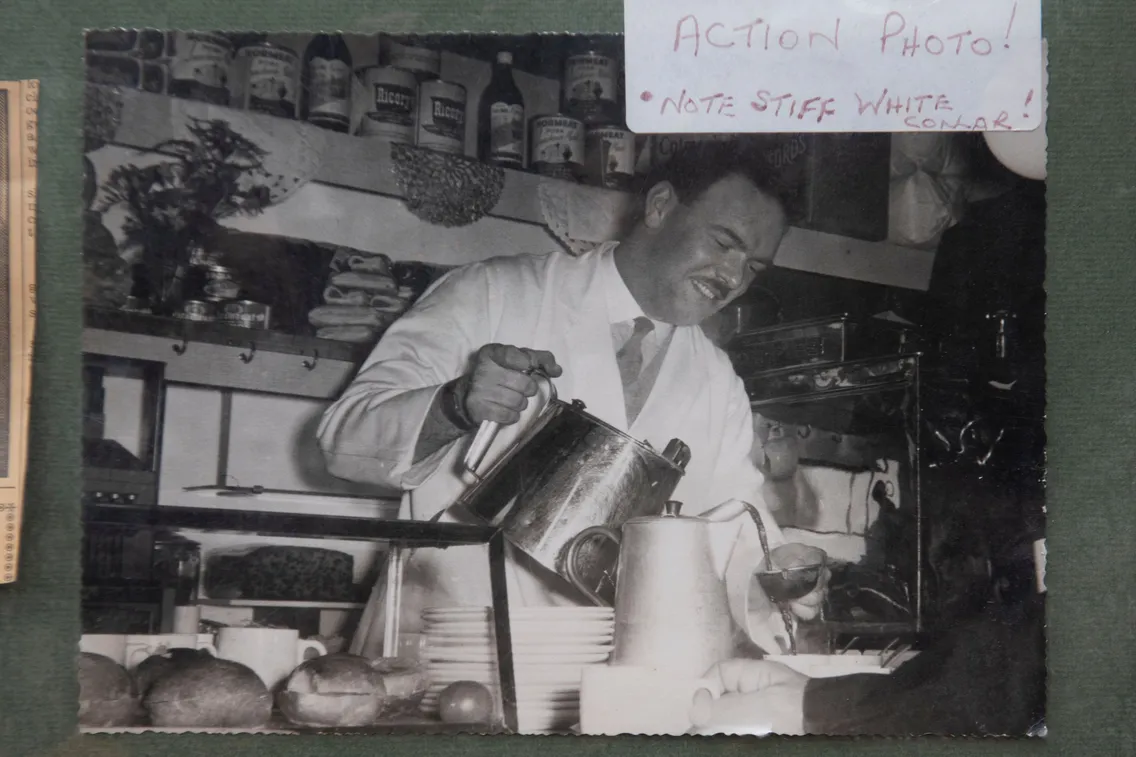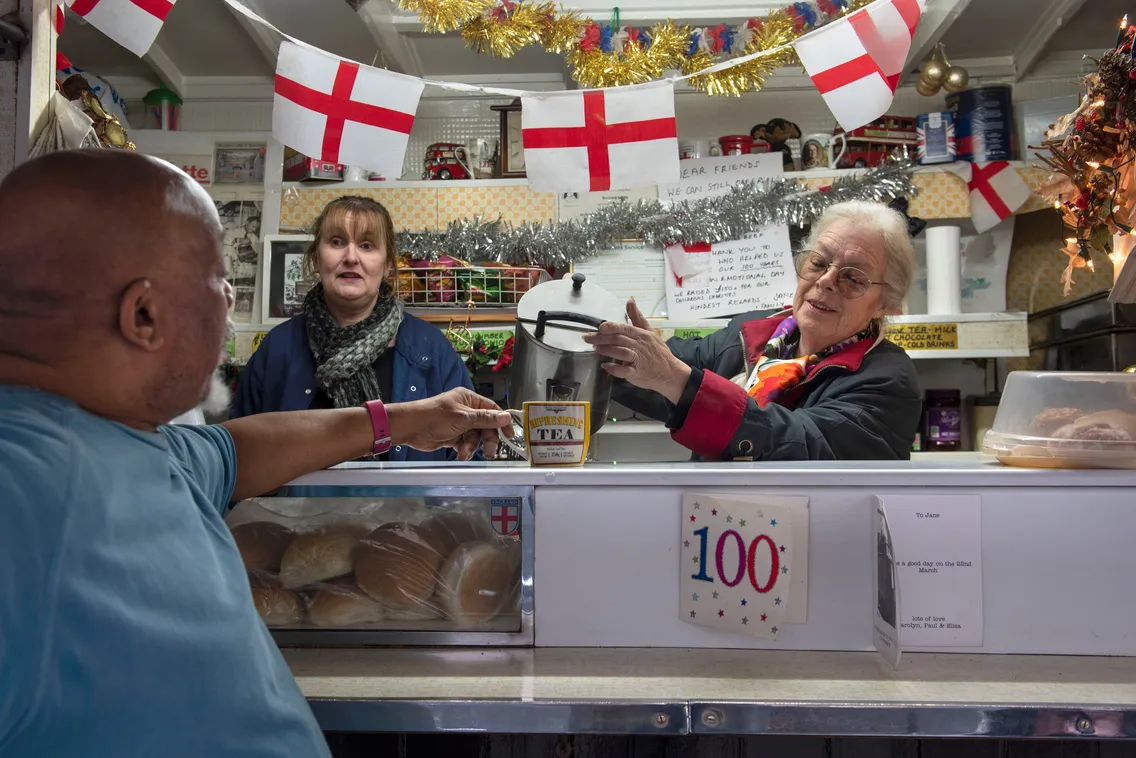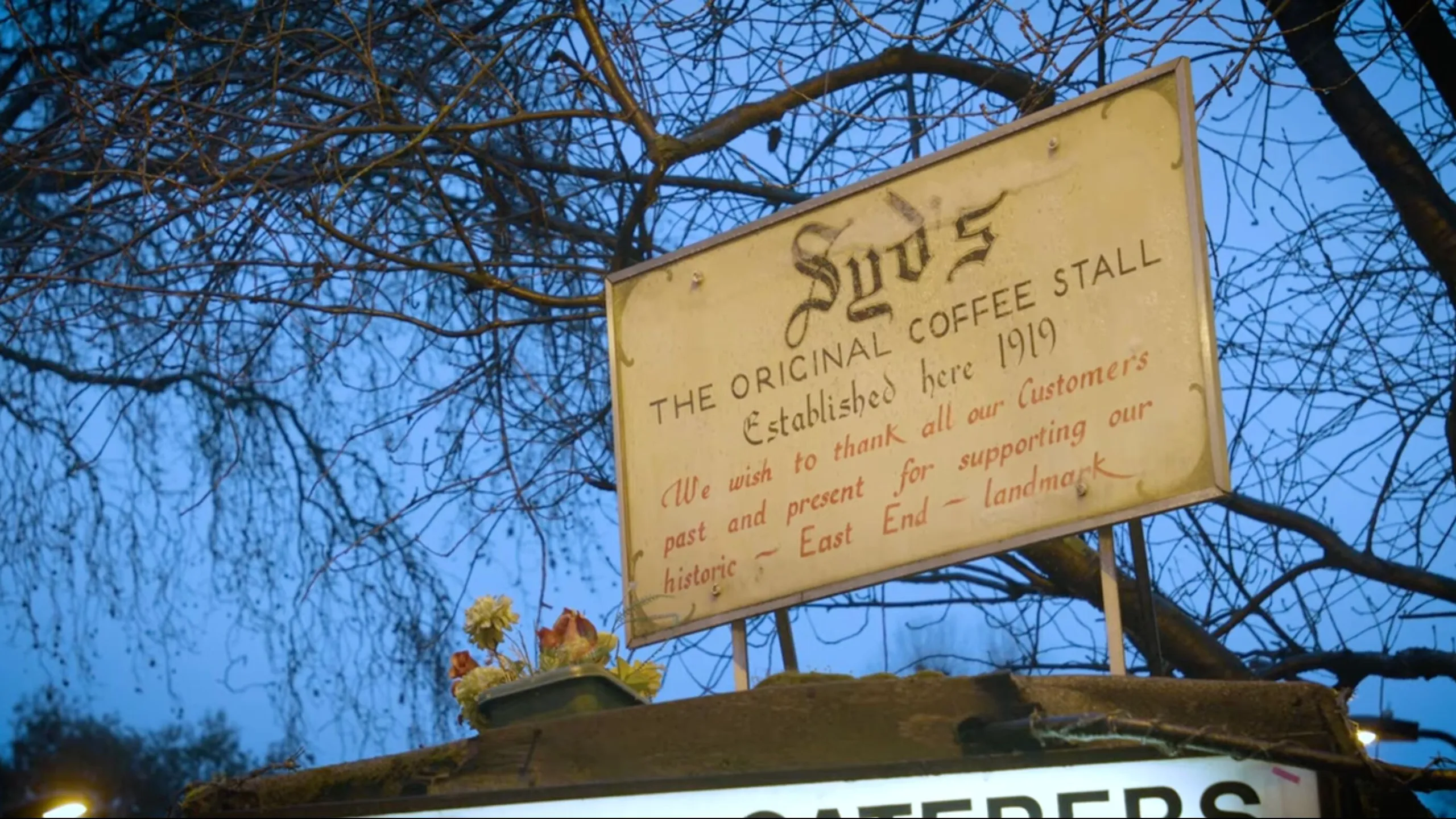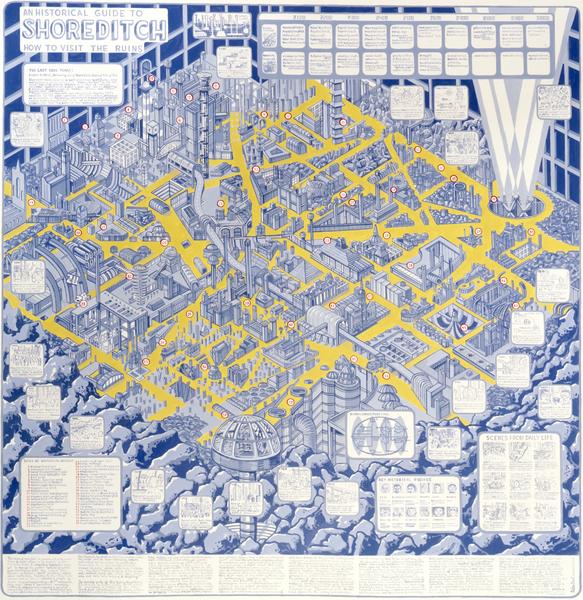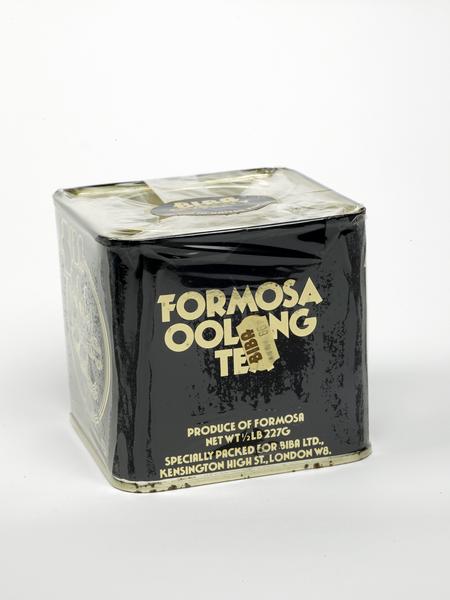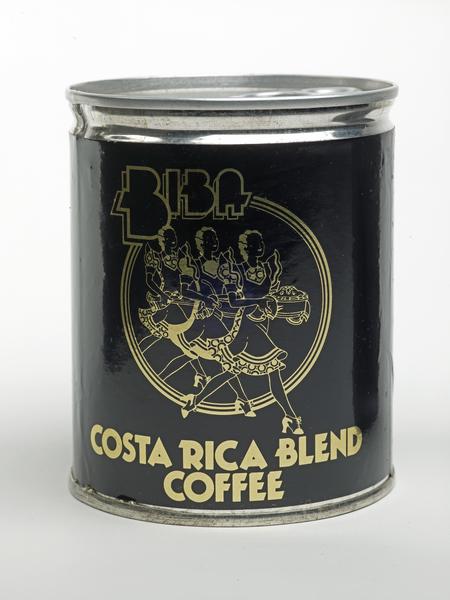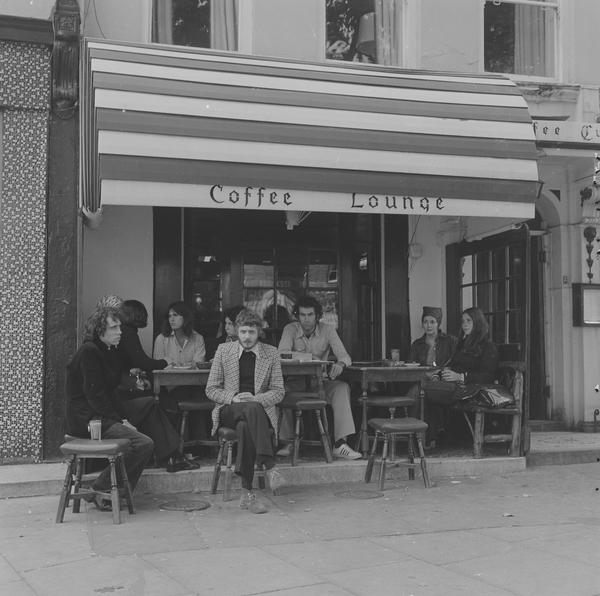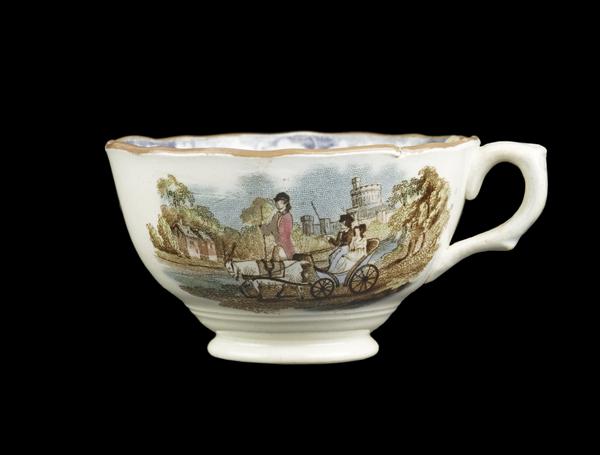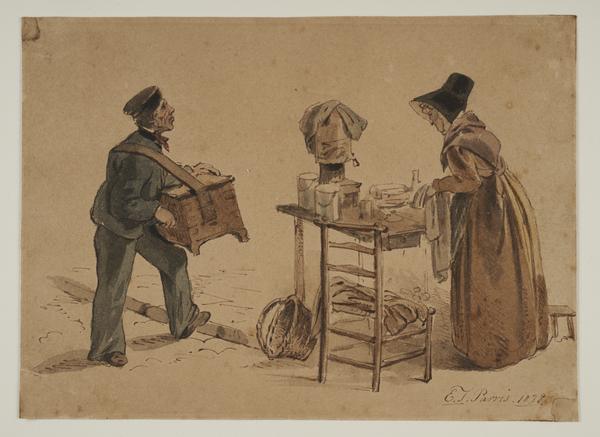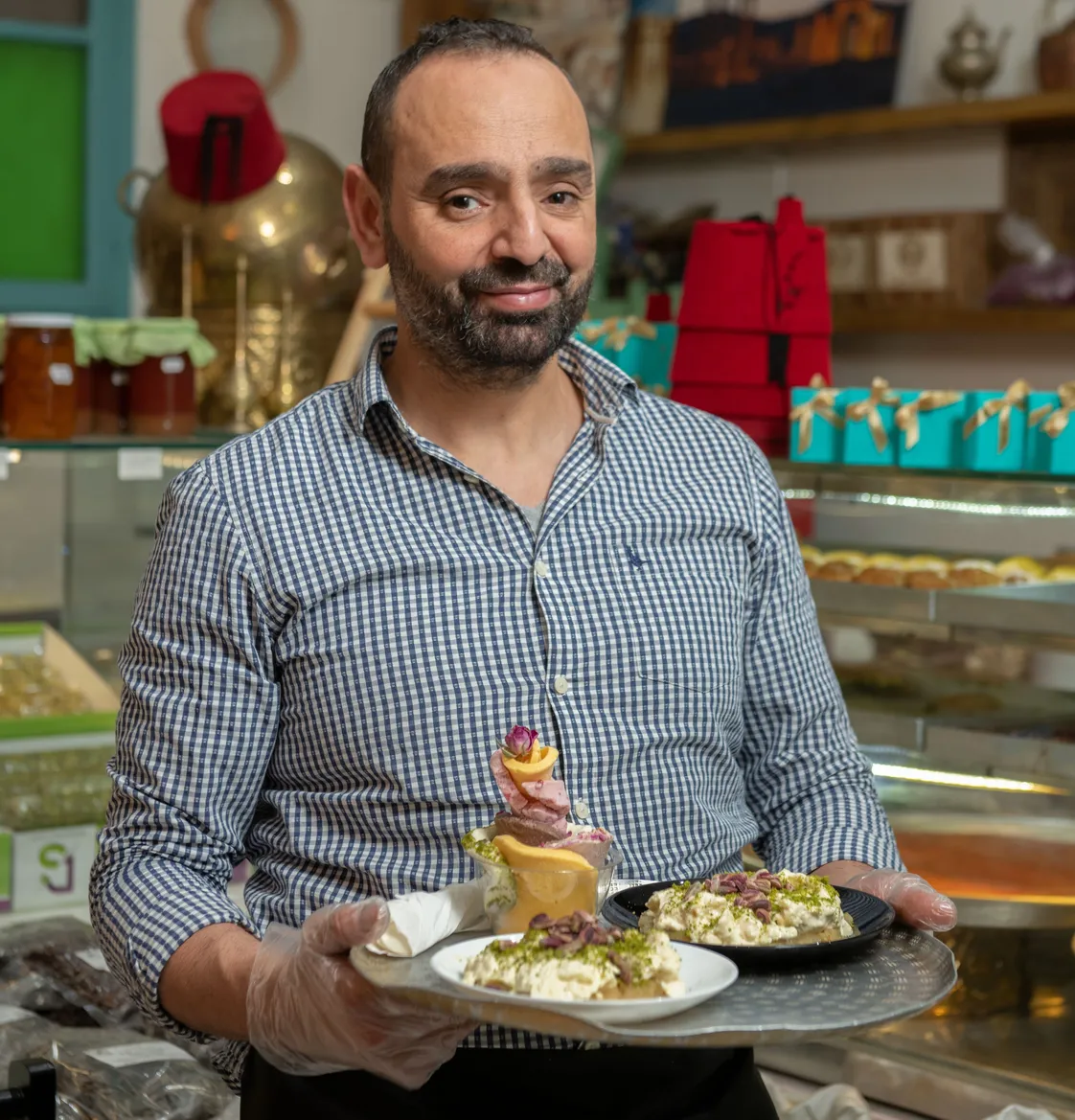Syd’s Coffee Stall
Syd’s Coffee Stall became an East End institution over the 100 years it sat on Calvert Avenue, just off Shoreditch High Street.
Calvert Avenue, Shoreditch
1919–2019
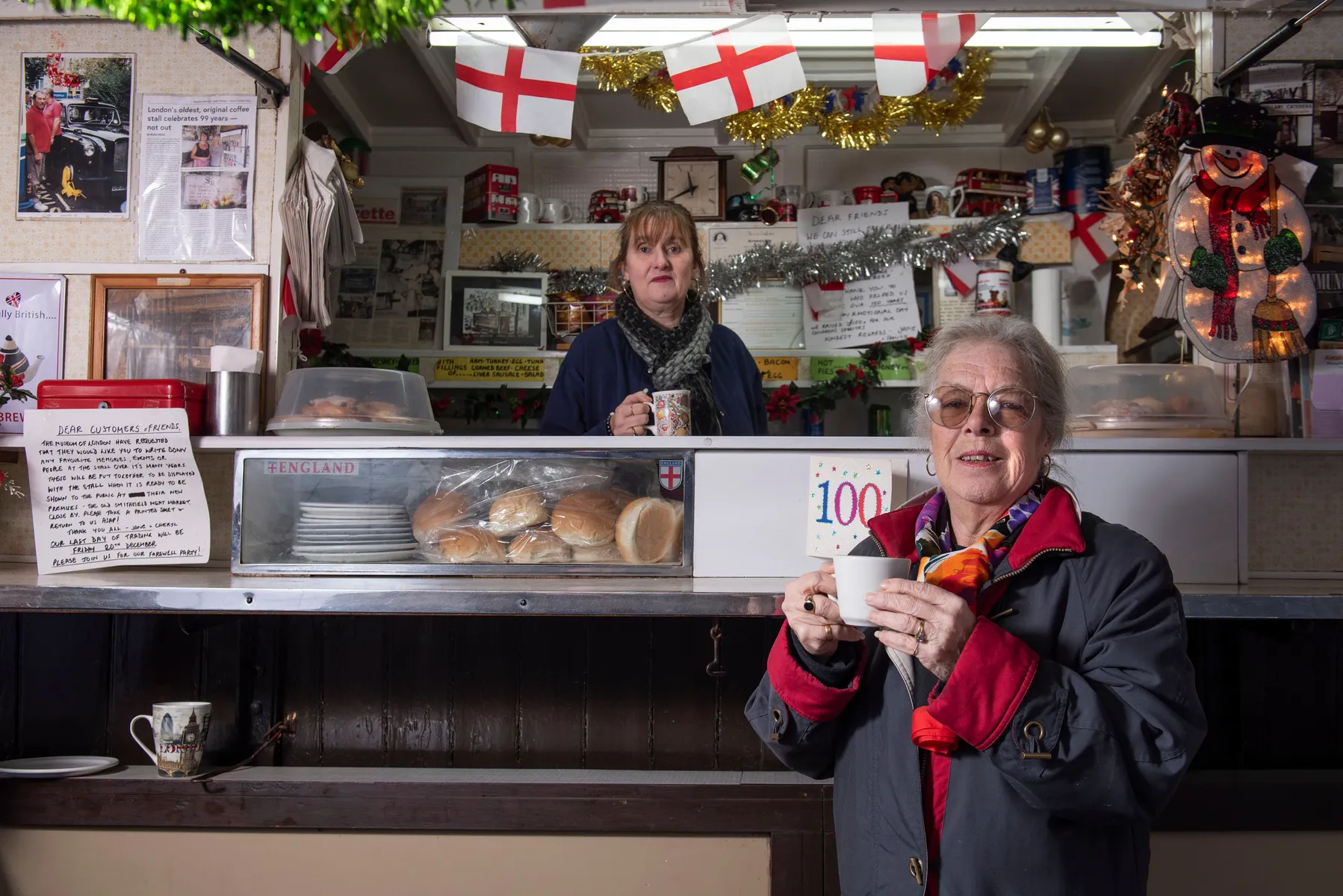
Cheryl Diamond and Jane Tothill, granddaughter of Syd, outside the coffee stall in 2019.
A century of family service and community
Three generations of the Tothill family served up hot drinks and snacks to their loyal community of regulars from Syd’s Coffee Stall. It survived the Second World War, but struggled to stay afloat in the face of Shoreditch’s gentrification.
The dependable and long-lasting presence of Syd’s in East End life makes it an invaluable piece of London’s shared history. When it closed in 2019, it was donated to our collection, meaning it is preserved for generations to come.
How did it start?
Syd’s Coffee Stall was founded by Sydney Edward Tothill, a First World War veteran who used £117 of his invalidity pension to build it.
The stall was custom-made by a coachbuilder on nearby Hackney Road. It was a top of the range mahogany horse-drawn carriage, with high-quality fittings and a side hatch to serve customers.
Though it had wheels, the stall served its snacks and hot drinks from the same spot for the next 100 years. From that spot, it built an extended family of regular customers – becoming the hub of a friendly community.
The stall only moved once in that time, when it was used for dockside scenes in the 1937 film Ebb Tide.
Coffee?
Originally, the stall didn’t serve proper coffee. The closest you could get was Camp Coffee – a concentrated syrup flavoured with coffee and chicory.
Tea made with loose leaves was the drink of choice. They also served cocoa and Bovex, a beef-based drink known as “the poor man’s Bovril”.
For food, the most popular snack in 1919 was a “sav and a slice” – a saveloy sausage supplied by Wilsons’, a German butcher in Hoxton, alongside a slice of bread and mustard.
“People would queue round the corner”
The Second World War, 1939–1945
Syd’s Coffee Stall survived the German bombing raids on the capital during the Second World War, receiving a special licence to remain open during the Blitz to serve air wardens.
It was seen to be so important locally that Syd Junior, the son of the founder, was recalled from an RAF mission to run the stall when his mother, May Tothill, was injured by a bomb blast. The stall itself only survived that blast because buses parked nearby took the brunt of it.
Catering to all needs
Syd’s built up a loyal group of regular customers who they got to know. People would queue round the corner as much for conversation as food and drink.
After the war, Syd Junior and his wife Iris expanded the business into catering for weddings and events, fixing a sign to the outside of the stall to advertise it. They took the name Hillary Caterers, in honour of Sir Edmund Hillary, the mountaineer who climbed Mount Everest in 1953.
The decision to close
Once a mostly working-class area home to furniture workshops, Shoreditch went through enormous change from the 1980s onwards. As the workshops closed, artists and creative companies moved in to take advantage of cheap rents.
The area became so fashionable that the term “Shoreditchification” was coined to describe other areas which were gentrifying.
With their traditional customer base dwindling, and competition from more expensive coffee shops, the stall struggled to attract as many customers.
After a momentous 100 years of business, Jane Tothill, granddaughter of Syd and the third generation of the family to run the stall, decided to close up for the final time.
To preserve its legacy, Jane donated the stall to London Museum.




